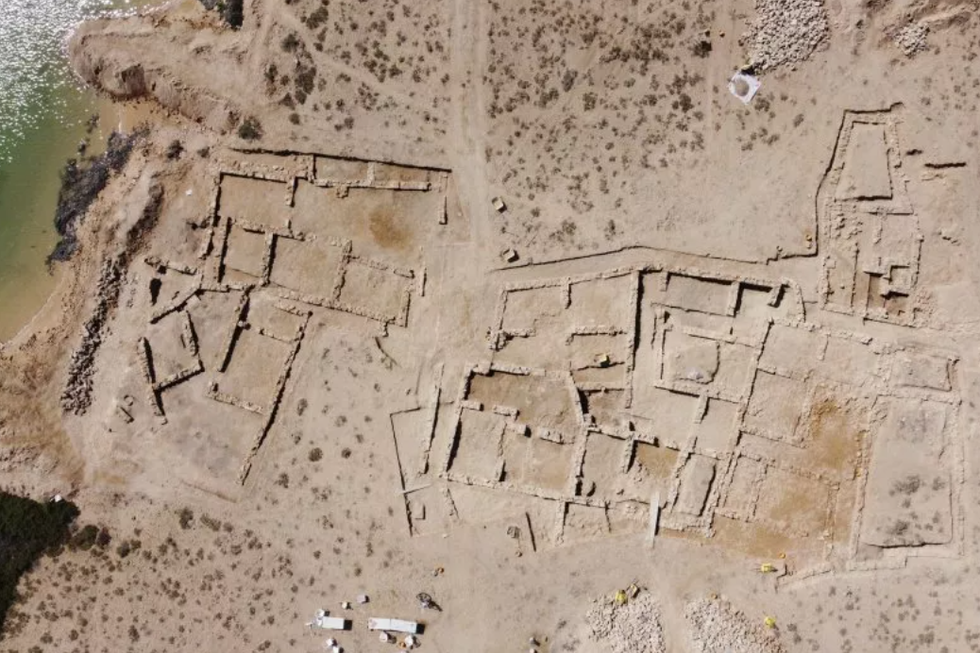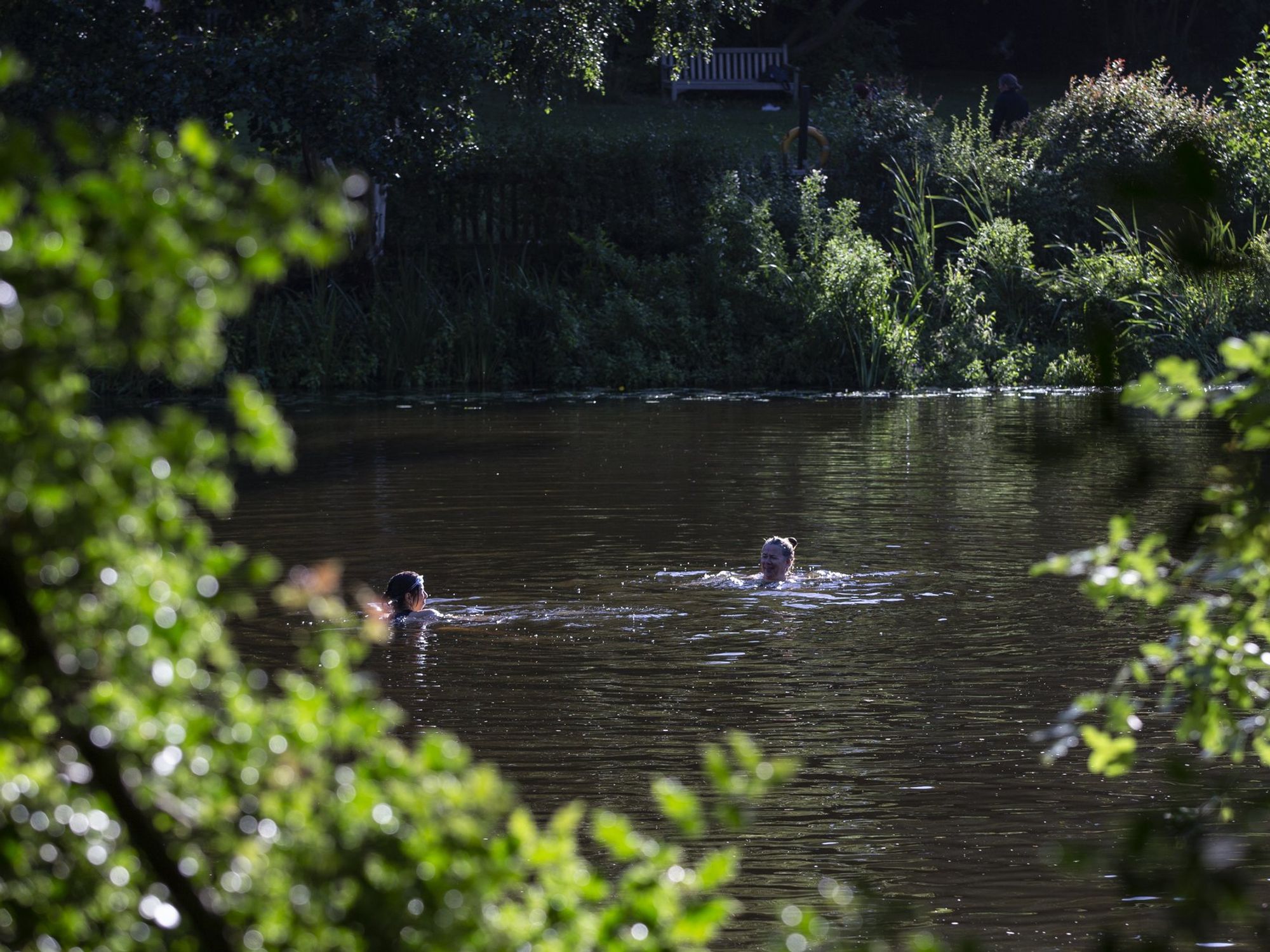Archaeology mystery: Excavations uncover 'lost city' renowned for trade of precious gems

Researchers working on Siniyah Island have discovered a collection of ancient residential buildings they believe used to form the lost city of Tu'am
|Umm Al Quwain Department of Tourism and Archaeology

The ancient city of Tu'am, which was famed for its pearl fishing industry, flourished between the fourth and sixth centuries
Don't Miss
Most Read
A “lost city” renowned for its trade of precious gems is believed to have been uncovered by archaeologists in the UAE.
Researchers working on Siniyah Island have discovered a collection of ancient residential buildings dating back to the sixth century, which they believe used to be part of the bygone city of Tu’am.
The ancient city, which was famed for its pearl fishing industry and trade of gems, was often mentioned in old Arabic manuscripts.
During their excavation, archaeologists also discovered traces of larger settlements and mass graves that date between the fourth and sixth centuries.
 Researchers working on Siniyah Island have discovered a collection of ancient residential buildings they believe used to form the lost city of Tu'am | Umm Al Quwain Department of Tourism and Archaeology
Researchers working on Siniyah Island have discovered a collection of ancient residential buildings they believe used to form the lost city of Tu'am | Umm Al Quwain Department of Tourism and ArchaeologyThe city declined and eventually faded from memory after a combination of regional tensions as well as a plague which devastated the Near East, the Mediterranean region and other parts of Europe in the sixth century.
Whilst no piece of ironclad evidence has been found to link the site to Tu’Am, the discovery of the buildings on Siniyah island could be proof of the lost city, as no other major settlements have been discovered on the coast.
Professor Tim Power of United Arab Emirates University (UAEU), who is leading the research, said: “Our archaeological work has discovered by far the largest settlement ever found on the Gulf coast of the Emirates.
“And it’s exactly the right period for a city described in early Islamic geographical sources. It’s a really important place. No one has ever found it.”
LATEST DISCOVERIES:

The city declined and eventually faded from memory
|Umm Al Quwain Department of Tourism and Archaeology
Archaeologists had previously uncovered a pearling village and Christian monastery in the same area of the island, and with the latest discovery, researchers believe it could be proof that this area is home to something even bigger.
Michele Degli Esposti, head of the Italian Archaeological Mission in Umm al-Quwain and a researcher with the Polish Academy of Sciences, told a local newspaper that the latest findings will “resound all around the region.”
“It's really exciting,” he said. “This is also a site that is really, really, really promising.”
Last week, archaeologists in Spain discovered a 2,600-year-old tablet inscribed with an alphabet of 21 symbols.

The tablet discovered last week in Spain predates the Rosetta Stone by 400 years
| The Spanish National Research Council (CSIC)The Spanish National Research Council (CSIC) made the discovery during excavations at Casas del Turuñuelo, a dig site that is believed to have been a temple for the lost Tartessos people.
Often compared to the mythical city of gold, El Dorado, and the lost city of Atlantis, the Tartessos people mysteriously vanished by the fourth century BC.
On the eight-inch slate’s perimeter, there is an alphabet “sequence of 21 signs” in Paleo-Hispanic script, however, a part of the tablet has been broken off, meaning the additional signs have been lost.
Archaeologists have theorised that the tablet was used like a sketch pad by artists to practise before engraving their work on a more valuable item, likely made out of gold or ivory.
“This discovery represents a unique example in peninsular archaeology and brings us closer to the knowledge of the artisanal processes in Tartessos, invisible until now,” Esther Rodríguez González, an archaeologist who helped lead the excavations, said.
“At the same time, it allows us to complete our knowledge about the clothing, weapons or headdresses of the characters represented.”










